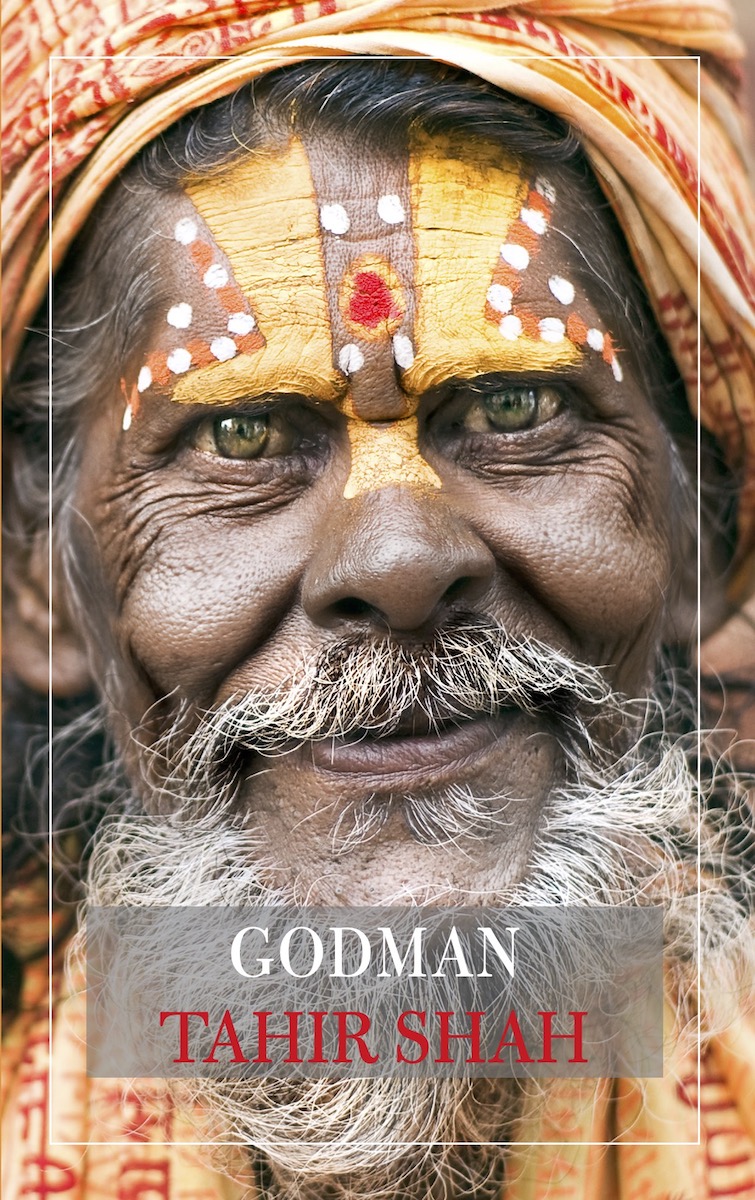Godman
When his stage show goes spectacularly wrong, celebrated magician Harry Singh, a.k.a. The Great Maharaja Malipasse, becomes a laughing-stock and outcast. Having resorted to two-bit performances in the pouring rain on Blackpool Pier, the down-on-his-luck conjurer is talked into travelling to India by his best friend and assistant, Bitu, in an effort to restore their luck.
After twists and turns, the pair find themselves at the Kumbh Mela. Billed as the greatest religious event in human history, it’s teeming with pilgrims and mountebanks, gurus, and godmen. Through a simple misunderstanding, Harry finds himself being attended to by a clutch of earnest devotees. The more he begs them to leave him alone, the more they believe he’s a genuine healer, rather than what he is – a washed-up stage magician.
Before Harry and Bitu know it, they’re running an immensely successful ashram in the sacred city of Varanasi. Their multi-million-dollar operation draws devotees from across India and the world – all of them desperate to get a glimpse of Harry’s new incarnation... His Celestial Highness Sri Omo-ji.
Inspired by true-life events, and at times reminiscent of Monty Python’s Life of Brian, Tahir Shah’s brilliant novella, Godman, is in many ways a cautionary tale. Making use of first-hand knowledge of Indian illusion and magicians (described in his travelogue Sorcerer’s Apprentice), the book holds a mirror to society, questioning why we feel it necessary to venerate certain people, in place of thinking for ourselves.




